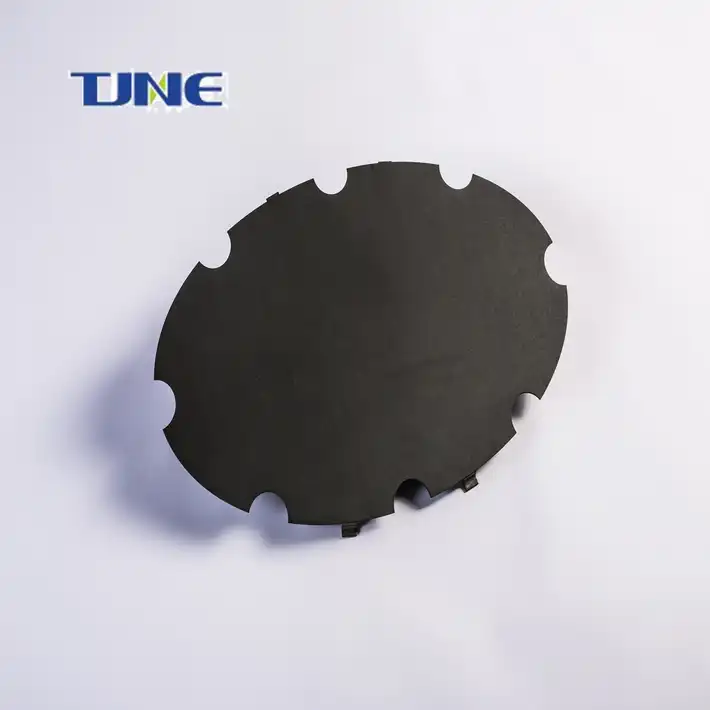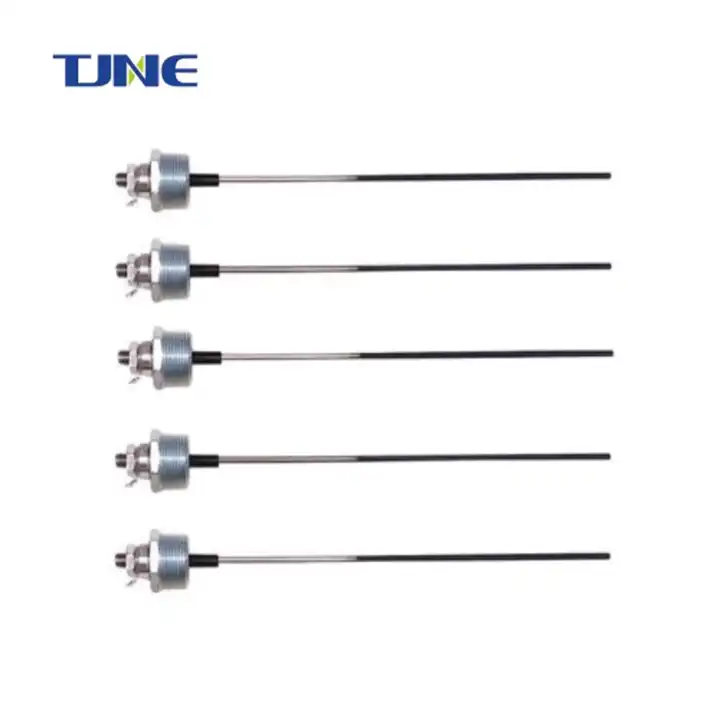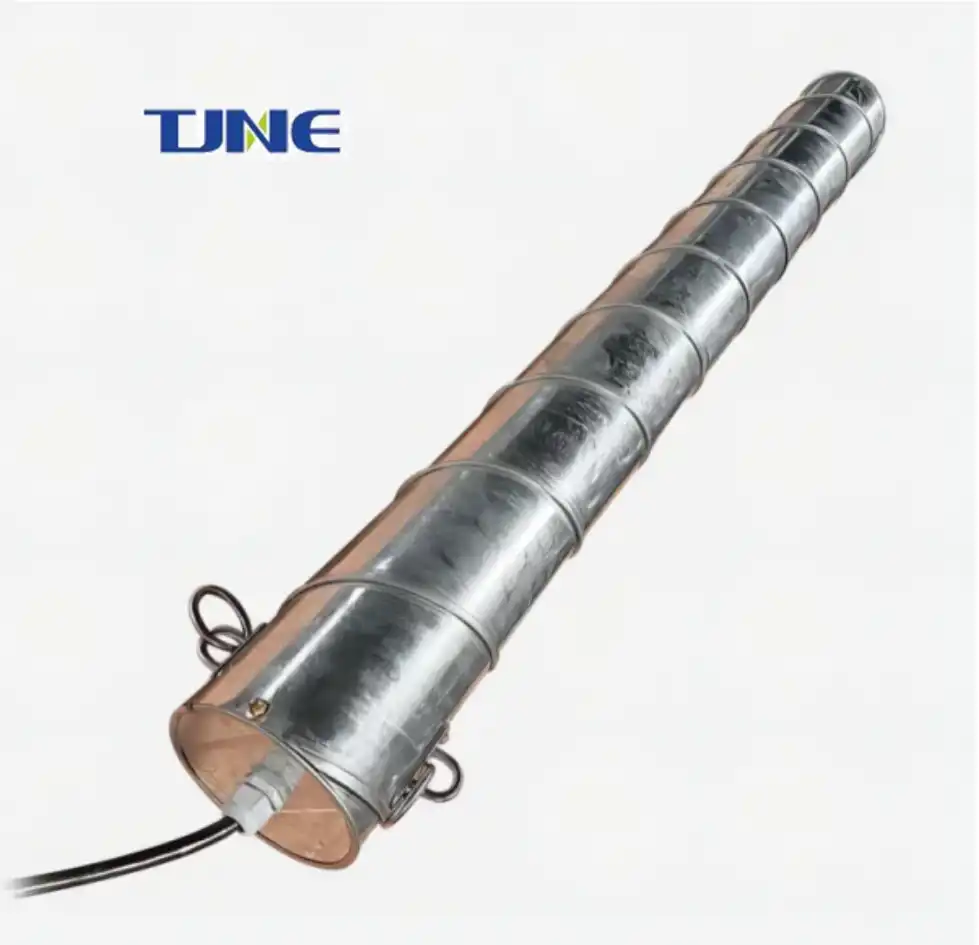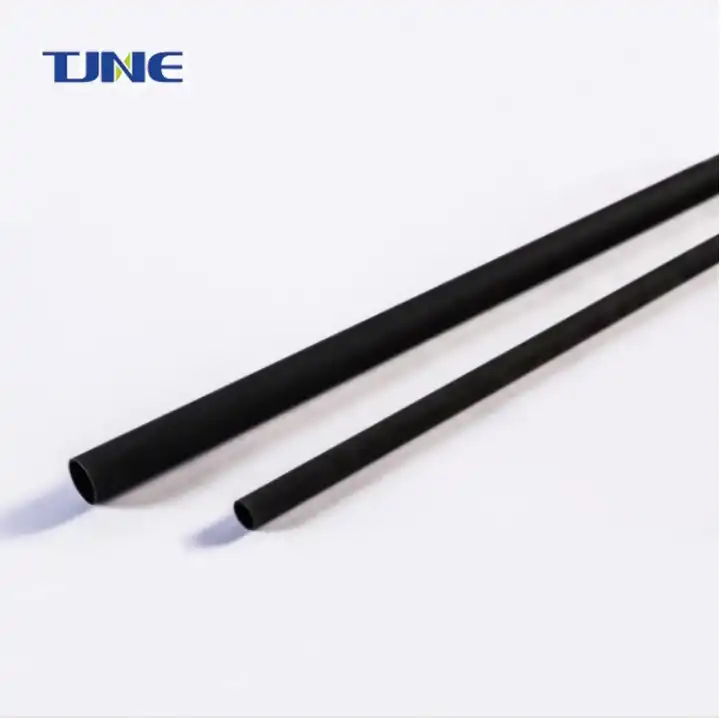- English
- French
- German
- Portuguese
- Spanish
- Russian
- Japanese
- Korean
- Arabic
- Greek
- German
- Turkish
- Italian
- Danish
- Romanian
- Indonesian
- Czech
- Afrikaans
- Swedish
- Polish
- Basque
- Catalan
- Esperanto
- Hindi
- Lao
- Albanian
- Amharic
- Armenian
- Azerbaijani
- Belarusian
- Bengali
- Bosnian
- Bulgarian
- Cebuano
- Chichewa
- Corsican
- Croatian
- Dutch
- Estonian
- Filipino
- Finnish
- Frisian
- Galician
- Georgian
- Gujarati
- Haitian
- Hausa
- Hawaiian
- Hebrew
- Hmong
- Hungarian
- Icelandic
- Igbo
- Javanese
- Kannada
- Kazakh
- Khmer
- Kurdish
- Kyrgyz
- Latin
- Latvian
- Lithuanian
- Luxembou..
- Macedonian
- Malagasy
- Malay
- Malayalam
- Maltese
- Maori
- Marathi
- Mongolian
- Burmese
- Nepali
- Norwegian
- Pashto
- Persian
- Punjabi
- Serbian
- Sesotho
- Sinhala
- Slovak
- Slovenian
- Somali
- Samoan
- Scots Gaelic
- Shona
- Sindhi
- Sundanese
- Swahili
- Tajik
- Tamil
- Telugu
- Thai
- Ukrainian
- Urdu
- Uzbek
- Vietnamese
- Welsh
- Xhosa
- Yiddish
- Yoruba
- Zulu
Mixed Metal Oxide/Titanium (MMO/Ti) anodes have revolutionized cathodic protection systems in various industries, offering superior performance and longevity compared to traditional anodes. These anodes are crucial components in preventing corrosion in structures such as pipelines, storage tanks, and marine installations. Understanding the proper installation and maintenance guidelines for MMO/Ti anodes is essential for maximizing their effectiveness and ensuring the longevity of protected structures.
How do MMO/Ti flexible anodes differ from traditional anodes?
MMO/Ti flexible anodes represent a significant advancement in cathodic protection technology, offering several advantages over traditional anodes such as graphite, high-silicon cast iron, or platinum-clad materials. The key differences lie in their composition, performance, and versatility.
Composition and Structure:
MMO/Ti anodes consist of a titanium substrate coated with a mixture of precious metal oxides, typically including iridium, tantalum, and ruthenium. This unique composition results in a highly stable and durable anode material. The flexibility of these anodes comes from their ribbon-like or mesh structure, which allows them to conform to various shapes and surfaces.
Traditional anodes, on the other hand, are often rigid and made from materials like graphite or high-silicon cast iron. While these materials have been used effectively for many years, they lack the flexibility and advanced electrochemical properties of MMO/Ti anodes.
Performance Characteristics:
One of the most significant advantages of MMO/Ti flexible anodes is their exceptional current distribution. The flexible nature of these anodes allows for more uniform current distribution across the protected surface, resulting in more effective corrosion protection. This is particularly beneficial in complex geometries or confined spaces where traditional rigid anodes might struggle to provide consistent protection.
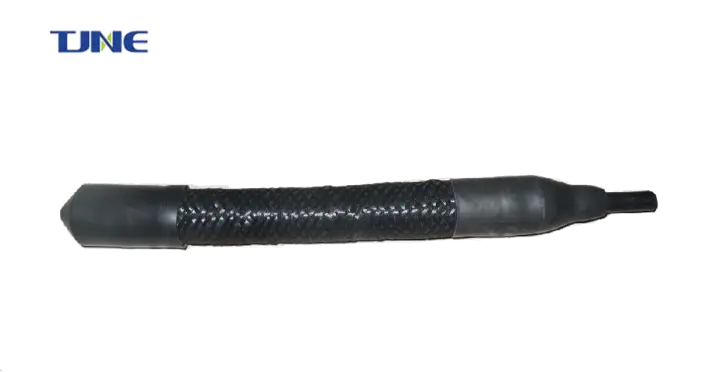
MMO/Ti anodes also boast a much lower consumption rate compared to traditional materials. This translates to a longer operational life, often exceeding 20 years in many applications. The low consumption rate not only reduces the frequency of replacements but also minimizes the environmental impact associated with anode depletion.
Versatility and Application Range:
The flexibility of MMO/Ti anodes opens up a wide range of application possibilities. They can be easily installed in various configurations, including:
1. Impressed current deep groundbeds
2. Shallow horizontal groundbeds
3. Surface-mounted installations on structures like tanks or vessel hulls
4. Linear anodes for pipeline protection
This versatility makes MMO/Ti flexible anodes suitable for diverse environments, from soil and freshwater to seawater applications. Traditional anodes often have more limited application ranges due to their rigid nature and material-specific performance characteristics.
Electrical Efficiency:
MMO/Ti anodes exhibit superior electrical efficiency compared to traditional materials. They have a lower operating voltage, which translates to reduced power consumption in impressed current cathodic protection (ICCP) systems. This efficiency not only lowers operational costs but also allows for the protection of larger structures or longer pipelines with fewer anode installations.
Durability and Resistance:
The combination of a titanium substrate and precious metal oxide coating gives MMO/Ti anodes exceptional resistance to harsh environmental conditions. They are highly resistant to acid and alkaline environments, making them suitable for a wide range of soil and water conditions. This durability contributes to their long operational life and reliability in challenging environments where traditional anodes might deteriorate more rapidly.

In summary, MMO/Ti flexible anodes differ from traditional anodes in their advanced composition, superior performance characteristics, versatility in application, and overall durability. These differences make them an increasingly popular choice for modern cathodic protection systems across various industries, offering more effective and efficient corrosion protection for critical infrastructure.
What are the key factors to consider when installing MMO/Ti anodes?
The installation of MMO/Ti anodes is a critical process that directly impacts the effectiveness of the cathodic protection system. Several key factors must be carefully considered to ensure optimal performance and longevity of the anodes. Let's explore these factors in detail:
1. Site Assessment and Preparation:
Before installation, a comprehensive site assessment is crucial. This involves:
- Soil resistivity measurements to determine the electrical characteristics of the environment
- pH testing to assess soil or water acidity
- Presence of stray currents or interference from nearby structures
- Groundwater conditions and seasonal variations
Based on this assessment, the site should be prepared to provide an optimal environment for the anodes. This may include:
- Excavation and backfilling with low-resistivity material for groundbed installations
- Surface preparation for direct mounting on structures
- Ensuring proper drainage to prevent water accumulation around the anodes
2. Anode Spacing and Configuration:
The spacing and configuration of MMO/Ti anodes are critical for achieving uniform current distribution. Factors to consider include:
- The size and geometry of the structure being protected
- The required current density for effective protection
- The resistivity of the surrounding environment
For linear structures like pipelines, anodes may be installed in a distributed pattern along the length. For large structures like tanks, a combination of vertically and horizontally oriented anodes might be necessary to ensure comprehensive coverage.
3. Electrical Connections and Wiring:
Proper electrical connections are vital for the efficient operation of the cathodic protection system. Key considerations include:
- Using high-quality, corrosion-resistant connectors and cables
- Ensuring watertight and mechanically secure connections
- Implementing appropriate junction boxes for multiple anode connections
- Proper cable sizing to handle the expected current without excessive voltage drop
4. Backfill Material Selection:
For buried anodes, the choice of backfill material is crucial. The backfill should:
- Have low resistivity to facilitate current flow
- Retain moisture to maintain conductivity
- Be chemically stable and non-corrosive
- Allow for gas dispersion produced during anode operation
Common backfill materials include calcined petroleum coke, natural graphite, or mixtures specifically designed for cathodic protection applications.
5. Anode-to-Structure Spacing:
Maintaining an appropriate distance between the anodes and the protected structure is essential to prevent short-circuiting and ensure effective current distribution. This distance may vary depending on the application but typically ranges from a few feet to several yards in deep groundbed installations.
By carefully considering these key factors during the installation of MMO/Ti anodes, engineers and technicians can ensure the cathodic protection system operates at peak efficiency, providing long-lasting protection against corrosion for the intended structure.
How can proper maintenance extend the lifespan of MMO/Ti anodes?
Proper maintenance is crucial for maximizing the lifespan and effectiveness of MMO/Ti anodes in cathodic protection systems. While these anodes are known for their durability and long service life, regular maintenance can significantly extend their operational period and ensure optimal performance. Let's explore the key aspects of proper maintenance and how they contribute to the longevity of MMO/Ti anodes.
1. Regular Inspections and Monitoring:
Implementing a routine inspection and monitoring program is the foundation of effective maintenance. This should include:
- Visual inspections: Regularly check for any physical damage, signs of corrosion, or deterioration of the anode surface. For submerged or buried anodes, this may require specialized equipment or periodic excavation.
- Electrical measurements: Monitor the anode output current, structure-to-electrolyte potential, and anode-to-structure resistance. These measurements can provide valuable insights into the anode's performance and help identify potential issues early.
- Environmental monitoring: Keep track of changes in soil resistivity, water chemistry, or other environmental factors that could affect anode performance.
- Data logging and trend analysis: Utilize modern monitoring systems to continuously log performance data. Analyzing trends in this data can help predict potential failures or the need for maintenance before critical issues arise.
2. Cleaning and Surface Maintenance:
Over time, deposits may accumulate on the surface of MMO/Ti anodes, particularly in marine or high-mineral content environments. Regular cleaning can help maintain optimal performance:
- For accessible anodes, gentle mechanical cleaning using non-metallic brushes or high-pressure water jetting can remove surface deposits without damaging the precious metal oxide coating.
- In some cases, mild acid washing may be necessary to remove stubborn scale or calcareous deposits. However, this should be done carefully to avoid damaging the anode coating.
- For buried anodes, periodic flushing of the anode bed with fresh water can help maintain conductivity and remove accumulated byproducts of the electrochemical reaction.
3. Electrical Connection Maintenance:
The integrity of electrical connections is critical for the efficient operation of the cathodic protection system:
- Regularly inspect and tighten all electrical connections to ensure good contact and prevent resistance buildup.
- Check for signs of corrosion or degradation in cables, connectors, and junction boxes. Replace any components showing signs of wear or damage.
- Apply appropriate sealants or protective coatings to connections to prevent moisture ingress and corrosion.
4. Rectifier and Power Supply Maintenance:
For impressed current systems using MMO/Ti anodes, proper maintenance of the rectifier and power supply is essential:
- Conduct regular inspections of the rectifier, checking for signs of overheating, damage, or corrosion.
- Clean rectifier components, particularly heat sinks and cooling fans, to ensure efficient operation.
- Verify and calibrate voltage and current meters to ensure accurate readings.
- Test and replace any faulty components, such as diodes or transformers, as needed.
5. Environmental Management:
Maintaining a stable environment around the anodes can significantly impact their lifespan:
- For buried anodes, maintain proper moisture content in the backfill material. This may involve periodic watering in dry conditions.
- In marine environments, monitor and manage marine growth on anodes and nearby structures.
- Address any changes in local conditions, such as soil erosion or water table fluctuations, that could affect anode performance.

By implementing these comprehensive maintenance practices, operators can significantly extend the lifespan of MMO/Ti anodes. Proper maintenance not only ensures the continued effectiveness of the cathodic protection system but also optimizes operational costs by reducing the frequency of major repairs or replacements. Regular attention to these aspects will result in a more reliable, efficient, and long-lasting cathodic protection system, ultimately providing better protection for valuable infrastructure assets.
If you are interested in the products of Xi'an Taijin New Energy & Materials Sci-Tech Co., Ltd., please contact yangbo@tjanode.com.
References
1. NACE International. (2013). Cathodic Protection Field Testing. NACE Standard SP0169-2013.
2. Baeckmann, W. V., Schwenk, W., & Prinz, W. (1997). Handbook of Cathodic Corrosion Protection. Gulf Professional Publishing.
3. Revie, R. W. (2015). Uhlig's Corrosion Handbook. John Wiley & Sons.
4. DNV GL. (2017). Cathodic Protection Design. Recommended Practice DNVGL-RP-B401.
5. Toncre, A. C., & Munger, C. G. (2017). Cathodic Protection for Corrosion Control. NACE International.
6. Roberge, P. R. (2008). Corrosion Engineering: Principles and Practice. McGraw-Hill Education.
7. Bushman, J. B. (2001). Galvanic Anode Cathodic Protection System Design. NACE International.
8. Peabody, A. W. (2001). Control of Pipeline Corrosion. NACE International.
9. Lazzari, L., & Pedeferri, P. (2006). Cathodic Protection. Polipress.
10. Cicek, V. (2014). Cathodic Protection: Industrial Solutions for Protecting Against Corrosion. John Wiley & Sons.
Related Industry Knowledge
- Why MMO Titanium Probe Anodes Are Essential for Advanced Corrosion Protection?
- Why Are MMO Wire Anodes a Game-Changer in Corrosion Protection?
- Why Are MMO/Ti Flexible Anodes the Future of Corrosion Protection?
- What Makes MMO Tubular Titanium Anodes a Revolutionary Choice for Electrochemical Applications?
- The Protective Power of MMO Ribbon Anodes: A Deep Dive into Cathodic Protection
- Which Industries Utilize MMO Anode Plates for Corrosion Protection and Cathodic Protection?
- What Is an MMO Anode Plate and How Does It Function in Electrochemical Processes?






